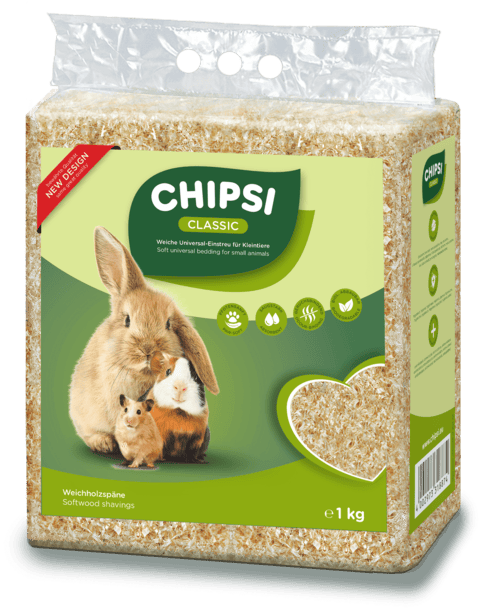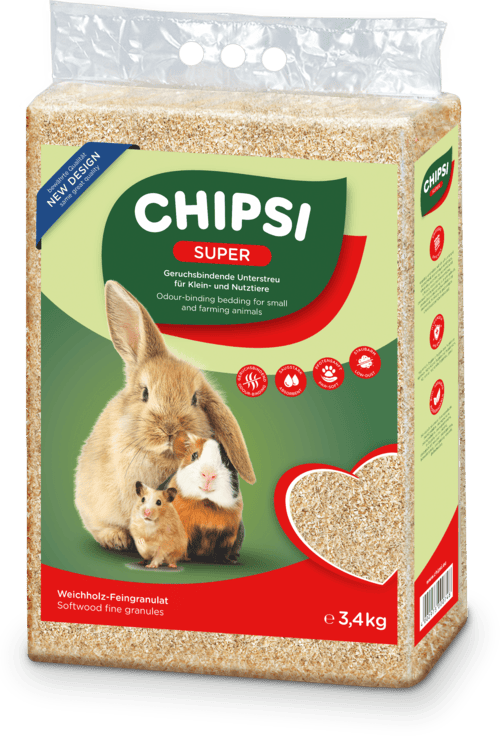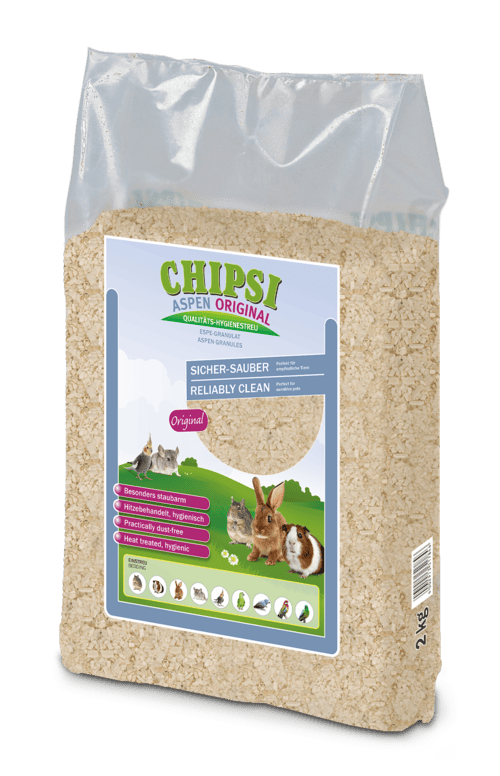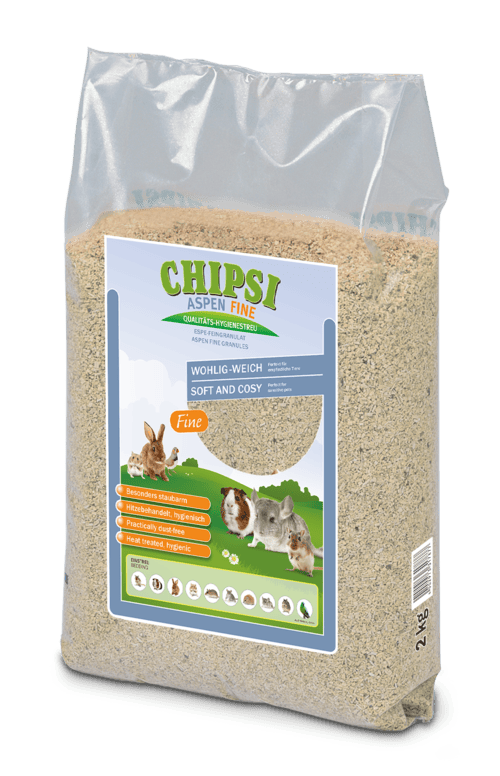Mongolian Gerbils - Speedy builders with a spirit of discovery
Species-appropriate husbandry – How to make them feel comfortable
Digs its way into your heart
A substrate of at least 40 cm depth is mandatory – ideally consisting of a mixture of bedding, hay, and straw. This allows them to dig and build undisturbed.
Plenty of Room to Run
The enclosure for two animals should be at least 100 × 50 × 50 cm – with a mesh attachment (30 cm height) and +25% additional space for each extra animal. Levels and tube systems provide structure and variety.
Important: Enrichment!
A sand bath, hay rack, climbing elements, and play and gnawing materials are essential basic equipment – keeping the animals physically and mentally fit.

Cleanliness & Hygiene
🧽 Targeted cleaning
👃 Familiar smells
Gerbils are extremely clean and dig intensely. However, cleaning too frequently or completely can disrupt their sensitive social behavior. A proper cleaning schedule allows for both hygiene and well-being to be maintained.
Optimal Cleaning Schedule
The substrate should be completely replaced approximately every two weeks. Old bedding should be mixed in to preserve important group scents.
Spot Cleaning
Heavily soiled areas should be spot-cleaned in between. This keeps the enclosure hygienic without disturbing the animals’ sensitive social behavior.
Respecting Social Behavior
Gerbils rely heavily on scents. Preserved scent trails provide more security and stability within the group and reduce stress.

Nutrition
🥕 Vegetables in moderation
🐜 Protein supplements
Gerbils require a daily balanced mixture of small-grained dry food, seeds, herbs, and occasional animal protein (e.g., mealworms). Small portions of fresh food like cucumber or carrot are possible – but only in moderation to keep the nest dry.
Dry Food as a Foundation
A mixture of small-grained dry food, seeds, and herbs forms the basis. It provides the animals with important nutrients daily.
Vegetables in Moderation
Small portions of cucumber or carrot are possible. Ensure that the nest remains dry and no moisture enters the enclosure.
Protein is Important
Occasional feeding of animal protein, such as mealworms, supplements the diet. Fed in moderation, it strengthens health, vitality, and activity.

Activity
⭕ Tubes & climbing
🌿 Play & variety
Digging is their favorite activity – therefore, deep layers of substrate are essential. Additionally, tubes, cork tubes, sand baths, climbing elements, and food hiding spots provide mental and physical stimulation.
Digging Makes Them Happy
Deep layers of substrate are mandatory, as digging is a fundamental need for gerbils. This allows them to live out their natural instincts in a species-appropriate manner.
Structure Adds Excitement
Tubes, levels, and climbing elements keep the animals active. They encourage exploration and provide variety in daily life.
Constant New Stimuli
A sand bath, gnawing material, and food hiding spots offer incentives. Stimulation and variety ensure physical fitness and mental engagement.











